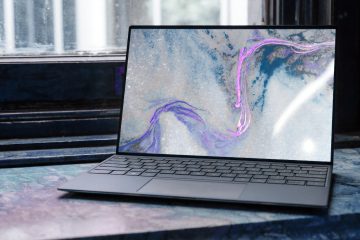When you need to upgrade your PC’s RAM, it can be a challenge figuring out which type of memory to get. But it doesn’t have to be. Here we’ll simplify things and provide some helpful pointers that will make the process much easier for you.
Before we dive into how to find the best RAM, let’s talk about why you need to upgrade your computer’s RAM in the first place.
In a computer, RAM is used to open programs and files that are currently in use. It holds these items until you turn off your computer or exit the program. The more memory a gaming PC has, the more efficiently it can multitask and access information. This allows for faster processing speeds and improved overall performance.
In fact, adding RAM to your computer is one of the easiest and most cost-effective ways to improve its performance.
Once you determine that your PC needs more memory, it’s time to figure out which type of RAM you need.
Here are a few things to keep in mind when upgrading:
Form Factor: DDR3 vs DDR4
The first thing to consider is whether you need DDR3 or DDR4 memory. This will depend on your computer’s motherboard, which can be found in the specifications of your device online. If it uses DDR3 memory, then you’ll need to make sure you get DDR3 RAM.
Ranking: SDRAM vs. DDR
Another factor to consider is the type of RAM you need. Is it single data rate (SDRAM) or double data rate (DDR)? Again, this will depend on your motherboard. If you have a DDR3 motherboard, then it should use DDR3 RAM.
In order to determine whether your machine uses SDRAM or DDR, you can do a web search for the term “RAM upgrade” along with your model number. Some results will show what type of RAM is compatible with your machine. Alternatively, you can just give us a call and we’ll let you know which kind to buy.
Bandwidth
The higher this is, the faster your computer will be able to read and write information. The amount of data that can be transferred at one time is known as the bandwidth. This number indicates how quickly information can travel between the memory and processor. Therefore, make sure that the RAM bandwidth is supported by your motherboard.
One thing to keep in mind is that being more expensive doesn’t always mean better performance. You should choose your RAM based on your specific needs, not just because it has a high price tag.
Latency
Generally speaking, the lower this is, the better. Low latency means that information will travel between different parts of your PC much more quickly.
Bottom Line
There are many different factors to consider when purchasing RAM, including form factor and bandwidth. We’ve covered the differences between DDR3 and DDR4 as well as SDRAM vs. DDR so that you can find the best one for your needs. From there we also talked about Latency which is a smaller difference but still worth mentioning in case it impacts your decision-making process more than others. Taking all of this into consideration should help you get an idea of what type of memory modules will work best for your computer or laptop based on these important features.







